You can’t run from Family.
1974’s Texas Chain Saw Massacre was a truly terrifying film for its time. Leatherface became an instant horror icon, and its use of the Slaughter family to extend that brutality created a genuinely tense experience that inspired a host of horror films and even that of the Bakers Family in Resident Evil VII. So when it came to adapting the original horror classic to a video game, its choice to be an asymmetrical experience is one that thankfully provides an intensity and violence to it that captures the film, and its characters, almost perfectly.
The Texas Chain Saw Massacre is not Gun Interactive’s first attempt at creating this type of killer versus player experience. Friday the 13th was a game that certainly had its moments, but a host of technical issues and licensing troubles have caused the title to be months away from shutting down. Thankfully, Friday the 13th walked so that The Texas Chain Saw Massacre could run as Gun Interactive not only brought on a more experienced and seemingly capable developer in Sumo Digital but is also working directly with the license holder, ensuring a much smoother user experience with the ability to continue to support the game for years to come.
The Texas Chain Saw Massacre pits five victims against Leatherface and the Slaughter family, with two additional family members; Sissy and Johnny, who were created with input by original film screenwriter, Kim Henkel, making them feel like a natural fit to the family. The game then features a four versus three structure as four victims will need to escape the clutches of the family as they rely on a series of escape routes to hopefully get out of there alive. Each attempt at escaping takes place within any of three unique environments that cater to different moments within the franchise, each with a day and night variant to keep things fresh.
Environments are either pulled directly or inspired by the iconic film to grant authenticity to their inclusion. The Slaughterhouse is one of the most interesting as it is an environment that Hitchhiker, during the film, shows his victims photos of him and his family slaughtering cattle there. The Family house is likely the location most were expecting, and it certainly doesn’t disappoint, providing a map with plenty of open spaces to move around in. Lastly, is the Gas Station, which has plenty of indoor and open spaces and feels like a solid combination of the two. It is complete with abandoned cars and various scrap piles, giving it a nice out-in-the-middle-of-nowhere vibe, especially as you start to realize that those cars likely belonged to several other victims.
Each map, regardless of its layout, has several ways to escape. You have a pressure valve exit on the outskirts of each property, an exit that is hooked up to a car battery, a basement door attached to a fuse box found somewhere outside, as well as a generator and powered gate found usually at the road exit. While each map is different in its layout, the methods to escape are largely the same with little to no variety among them, or ways to escape that are truly unique to each map, apart from escaping via the car battery in the Gas Station map.
This is more or less my only true complaint with The Texas Chain Saw Massacre. By sharing many of these escape methods, It became very rinse and repeat. I found the road exit escape route to be my go-to and was able to get it down to about 3-4 minutes, often doing so without being spotted whatsoever. The reliability I found with this method made exploring the other options to be a non-issue, not when it would take me longer to do so or put me in the path of the Family. Had each map had its own share of fully unique escape routes that were somehow randomized within each map, causing you to adapt for each round, then I would have been forced to think on my feet, something akin to how the victims would act within the horror genre itself.
Now, your ease of escape will certainly vary depending on how capable the players controlling the family are. There were plenty of matches where I was able to escape without issue, often having my stalkers race by me as I hid in the grass or behind some sort of structure. Then I would sometimes find those who knew what they were doing, either rushing me in the basement as Leatherface or understanding how the maps work as I would find a member of the family anticipating my every move, waiting to slit my throat and end my run.
How and where you manage to escape will come down to how well you know the map and what works to keep you hidden. Hiding in the grass is a masterful technique, and yet it almost shouldn’t be. It’s also vastly interesting how difficult it is to see victims in the grass even when I would take on the role of a member of the family. Still, I would often move through the grass, swiping away since I know that is where I would be if I was on the other side of the match. I lost track of the number of times where I would be stalked by someone, having them literally inches from me, and then run off in the opposite direction as I would then continue my escape. The intensity you feel during moments like this is palpable.
Another wrench in the works is the Grandfather, the eldest of the family who sits in his chair, planted somewhere on the grounds. He will hear your biggest noises, reacting to you and alerting his children to your location, pinging your whereabouts should you move while he has been fed. The family can retrieve your blood upon attack or gather up blood elsewhere to feed him, fueling his powers of sonar to eventually a point where all bets are off and you are clearly visible to your attackers. Thankfully, you can attack him to reduce his power, putting him out of commission for a spell. While I wouldn’t officially call the grandfather a fourth active player, his powers of sonar can absolutely wreck you if you are not careful.
Making noise is what is going to attract the family to you, so as you scavenge in toolboxes and picking locks, you’ll perform a mini-game that can have you perform said action slowly but quietly, or quickly but you’ll give off your location for a moment. I found a nice steady rhythm to pressing the buttons for most of these actions, so I rarely made noise. Still, taking a few seconds to open a door or the toolboxes that contain a screwdriver needed to pick that lock can often have you spotted in no time. Knowing when to make noise and when to play it safe is a crucial element of this whole experience.
You’ll start in the basement, your arms tied up as you wiggle free, either quickly and making noise, or a tad slower but far quieter. You’ll then move throughout the basement, finding those screwdrivers, health potions, to bone shards which are the closest thing that victims have to weapons. You’ll navigate hallways and broken walls, allowing you to pass through these cracks in the wall to crawling through short passageways, something that most of your attacks cannot. By using these avenues of mobility to the items you can hold, which is two at a time, you can defend, heal, and apply yourself to the situation at hand.
Once you make it out of the basement, you’ll then attempt to brave the outside, hiding in the grass, and tracking down items that work to your benefit to escape. Each environment is painstakingly detailed and brimming with stories of past victims and providing you with an ample amount of variety in how you maneuver around. While each map acts like a maze, with locked doors, fences, and obstacles that you can mantle over, navigating these disgusting locales while being hunted in where The Texas Chain Saw Massacre is at its best.
The game takes place before the events of the original 1974 movie. You’ll have variety in choice between five victims and five members of the family, each with their own unique stats, traits, and abilities. Across the victims, you have Julie, Connie, Leland, Ana, and Sonny, each with backstories of their own that place them nearby this grotesque family, including the fact that Ana is the sister of a recently missing girl, thought to have been taken in the area.
The Slaughter Family then consists of Leatherface himself, Cook, Hitchhiker, Johnny, and Sissy, with the latter two being the youngest members of the family, often with their own way of doing things. As mentioned before, having Johnny and Sissy created in collaboration with the original screenwriter brings solid authenticity to their placement here, each with their own traits that make them a natural fit.
As you take to each side of the match, either as a victim or as a member of the family, you’ll earn experience to level them up. Each character has a unique skill tree to work towards with branching paths that allow you to find the best loadout for what you can bring into a match. As you make choices to work down a certain path, this closes off those other options. Thankfully, you can respec at any time to correct a bad choice you may have made.
For Julie, I focused on passive skills that would aid in my escape. Having regenerative health is a nice concept, but possibly not having my lockpick be consumed upon opening a locked door was a much better call. As you work through your skill tree, reaching better and more involving skills, you’ll unlock attribute points to spend, boosting Toughness, Endurance, Strength, Proficiency, and Stealth across that character. This gives you a unique ownership over a static layout that you may see someone else main as.
When it came to the family side of things, I opted for Sissy, an ex-cultist who thrives on violence. Wielding a straight razor, she will perform a series of quick cuts all while singing softly about death, murder, and violence. Working through her skill tree, I went to increase her melee damage as she is largely the weakest of the family. So, anything I could do to increase her damage was my main intention with how I progressed with her. And should anyone not look to play as Leatherface, I would opt in and take the chain saw wielding icon for a spin, running around with it revving and then hauling ass after my kill when I would see them pop up out of nowhere.
The additional victims and family members range in various other skills and techniques. Connie can be leveled up to identify traps and poisoned objects, whereas Sonny has the ability to highlight a door or gate he is opening, making his attempt to open it known. And as you continue down the path to leveling each of them up, hidden branching paths lay in wait for you to discover. The same is said for the family as well. Cook, Hitcherhiker, and Johnny, each have their own unique brand of violence. Cook can pinpoint a victim's location for a short period of time while Hitchhiker can set traps whereas Johnny is able to track his victim's footprints, making him good for understand where someone has been.
As each character will have to be played by a real person, the game offers no adjustment to its player size or features the use of bots to fill in any gaps. You also cannot split up your party to accommodate the modes. Meaning that if you are a group of four, you won’t be able to play as the Family with one member as a victim. While you can solve this by playing in a private match, you won’t be able to take advantage of the leveling systems, making a large chunk of the game to be completely unavailable. When it comes to player activity; however, the inclusion of the game on Xbox Game Pass should ensure a healthy dose of players to keep the game active, especially due to cross-play with other platforms.
Another annoyance I found with matchmaking is that you cannot pre-select a character and then find a match with an open slot to remain as that them. This means that should you main a certain victim or family member that you have significantly leveled up, you may be locked out of your favorite for that round. While experience is technically shared across your account, allowing you to take those skill points back to your main, the downside to that is that your abilities and skills on them are a blank slate when playing as a fresh new character, subsequently making you weaker as a result and a liability to your team.
One oddity is that for the family, one player HAS to be Leatherface. While I understand his placement in the basement at the start of the match is to create a sense of dread from the onset, especially as you hear that chain saw revving up and echoing throughout the halls, I still found it to be somewhat disappointing that his inclusion is mandatory in each round. While I personally had no issue playing as Leatherface, as his chain saw is damn fun to use, I did prefer playing as Sissy, leaving poison on key items around the map, as well as her overall demeanor and creepy singing.
One of the biggest differences between Friday the 13th and The Texas Chain Saw Massacre is just how great this game is to play and how gorgeous these locations by Sumo Digital truly are. Each map is painstakingly detailed and pulls directly from the films in the best ways. Each victim and member of the family is wonderfully modeled, and the level of violence shared between them is the perfect mix of brutal and intense. The game looks phenomenal and while it still utilizes Unreal Engine 4, it certainly is a showpiece for the engine, especially with its wonderful use of lighting and immaculate detail.
While asymmetrical multiplayer games can often be a true test of skill, especially if you are playing against a team of high-leveled players, the work put in here by Sumo Digital certainly pays off as it stands atop of this genre as one that truly nails its source material in a way that complements its gameplay and ideas. While its matchmaking woes are pretty big blemishes for me, it is the lack of truly unique escape methods that does sting the most. Regardless, I had a brutally great time here attempting to escape or carving up a victim as they hobbled away, making all the noise in the world and summoning the family for one bloody good reunion.
A second glance by Jordan Andow.
I'm fortunate that I am able to play Texas Chain Saw Massacre without the need for any additional accessibility features. To its credit, the game is largely accessible to most players but it doesn't do the best job of explaining this at times or providing a few commonplace settings that recent games have been doing a good job at offering.
For example, being able to pick locks by tapping or holding X is actually very useful, it's just that it isn't really mentioned in detail to explain it well enough to me. it was something I ended up learning how to do on my own. Considering the difference between being silent or loud can result in a quick death, it’s a mechanic that I wish was explained better.
Beyond that, I think the game could benefit from some visual and audible options. While you can gain the ability to have the early moments of your escape show outlines of various items you'll need, additional systems like that without the need of using those skills could benefit those who have issues telling small details apart from the environment, especially critical ones to the gameplay. I am also shocked that the game doesn't feature any color-blind modes or additional audio systems to convey what is going on on screen.
Personally, I have two friends who are unable to play this game, due to those two specific features. This is especially frustrating as the industry has made some great strides over the course of the last few years. In 2023, this makes me pretty frustrated to see those advancements become something of a coin toss from game to game. While I don’t feel that every game needs the level of detail to accessibility that Naughty Dog has brought with The Last of Us, it would be nice to see even the most commonplace features be something present across all games.
Even when a game is very accessible by default for a wide range of players it doesn't mean that additional options aren't needed. Hopefully in the future, Sumo Digital looks to address these shortcomings and more people will be able to play this game, keeping lobbies packed full of people who can enjoy the game how they want.
Developer - Sumo Digital. Publisher - Gun Interactive. Released - August 18th 2023. Available On - Xbox One/Series X/S, PS4/PS5, Windows. Rated - (M) - Blood and Gore, Intense Violence, Strong Language Platform Reviewed - Xbox Series X. Review Access - A review code was provided by the PR/publisher for the purpose of this review.



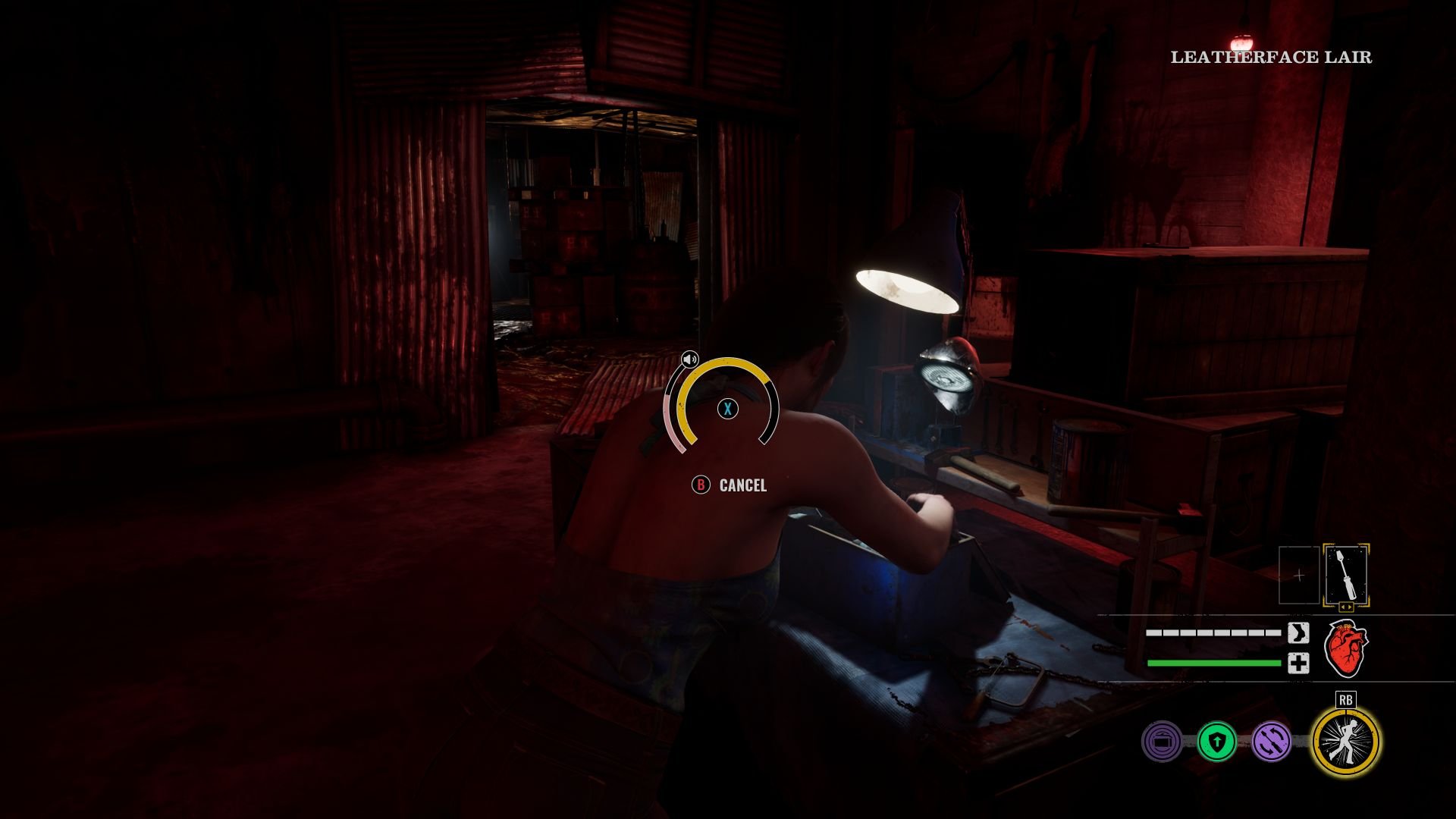
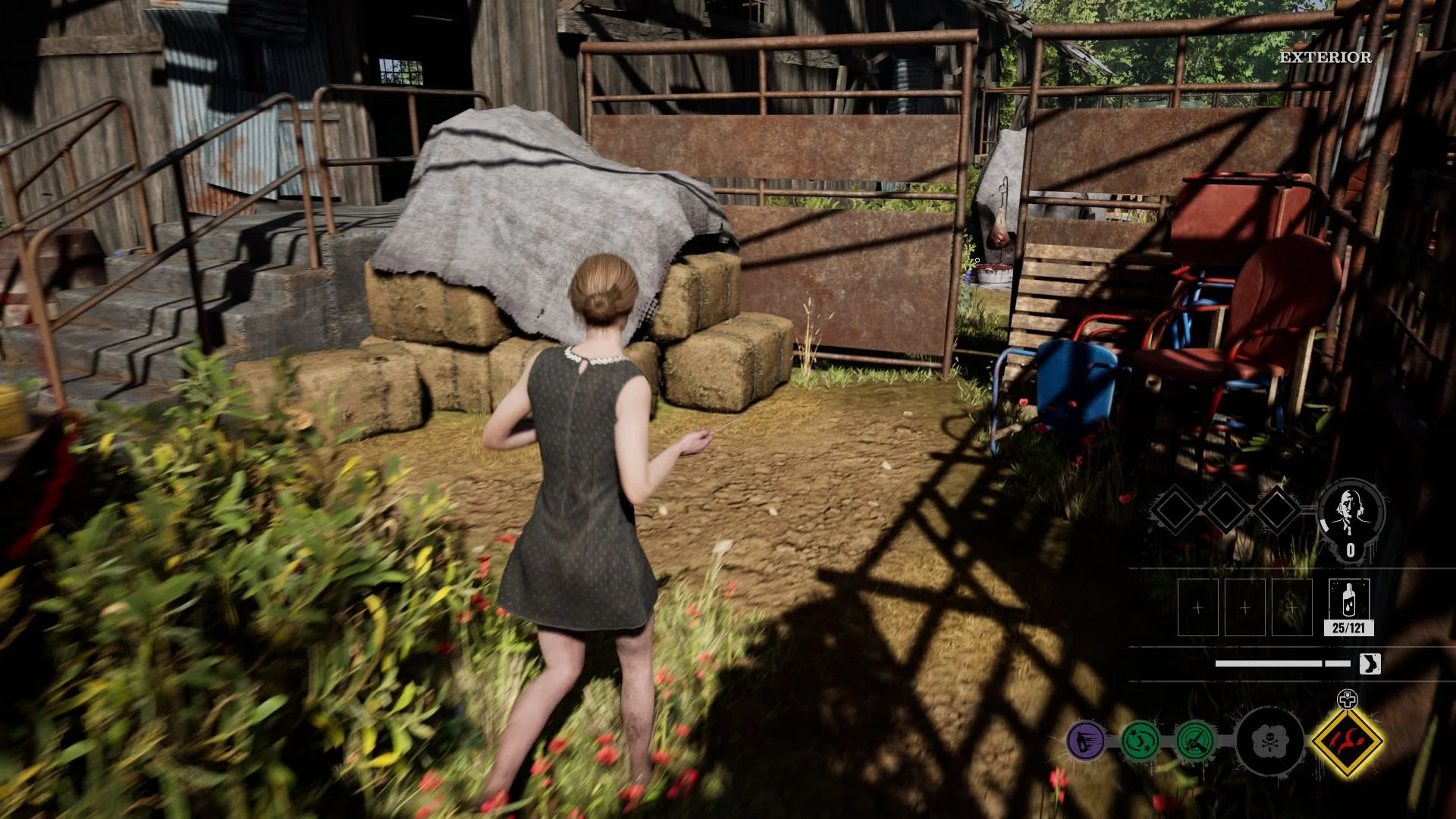

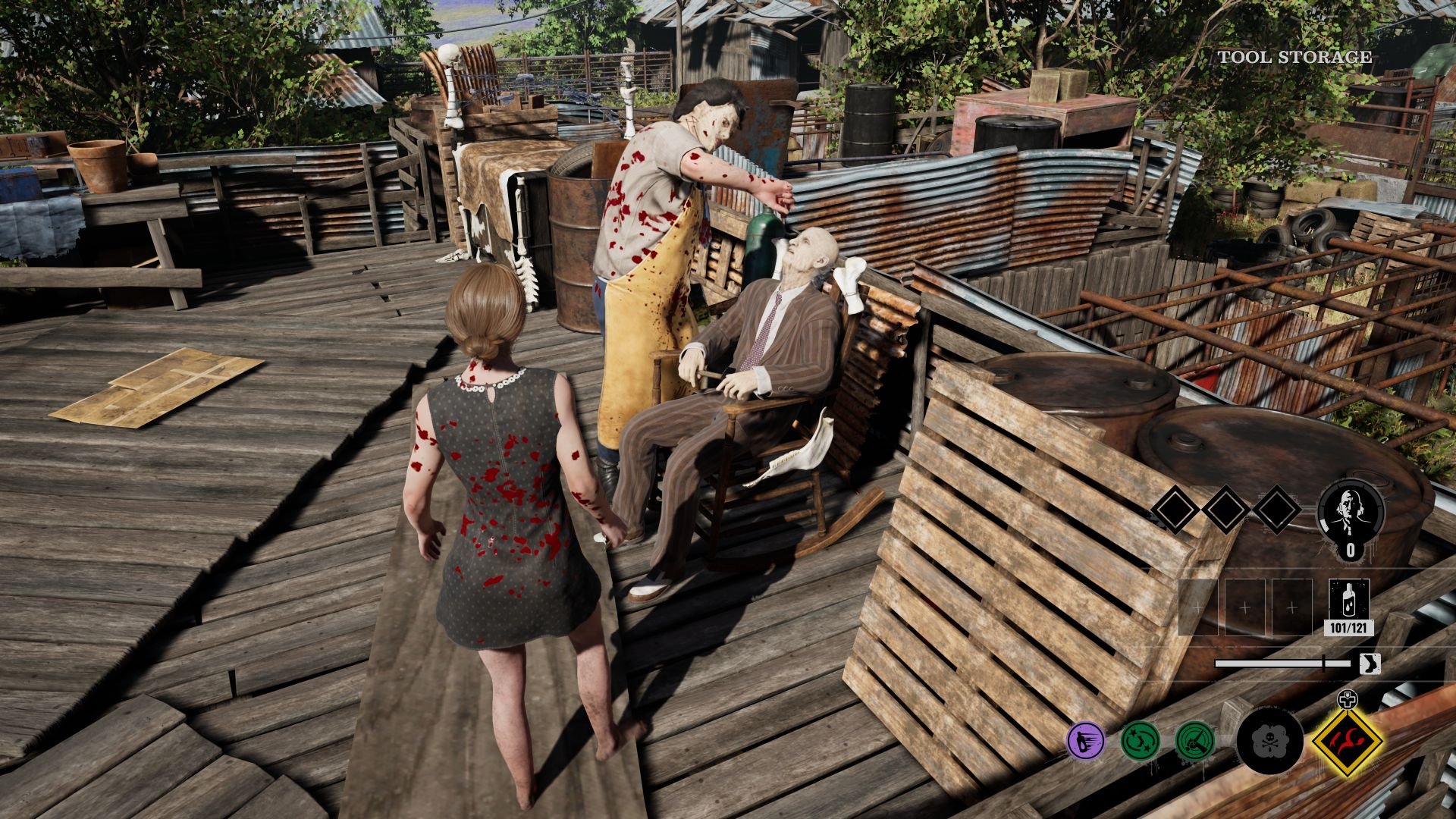


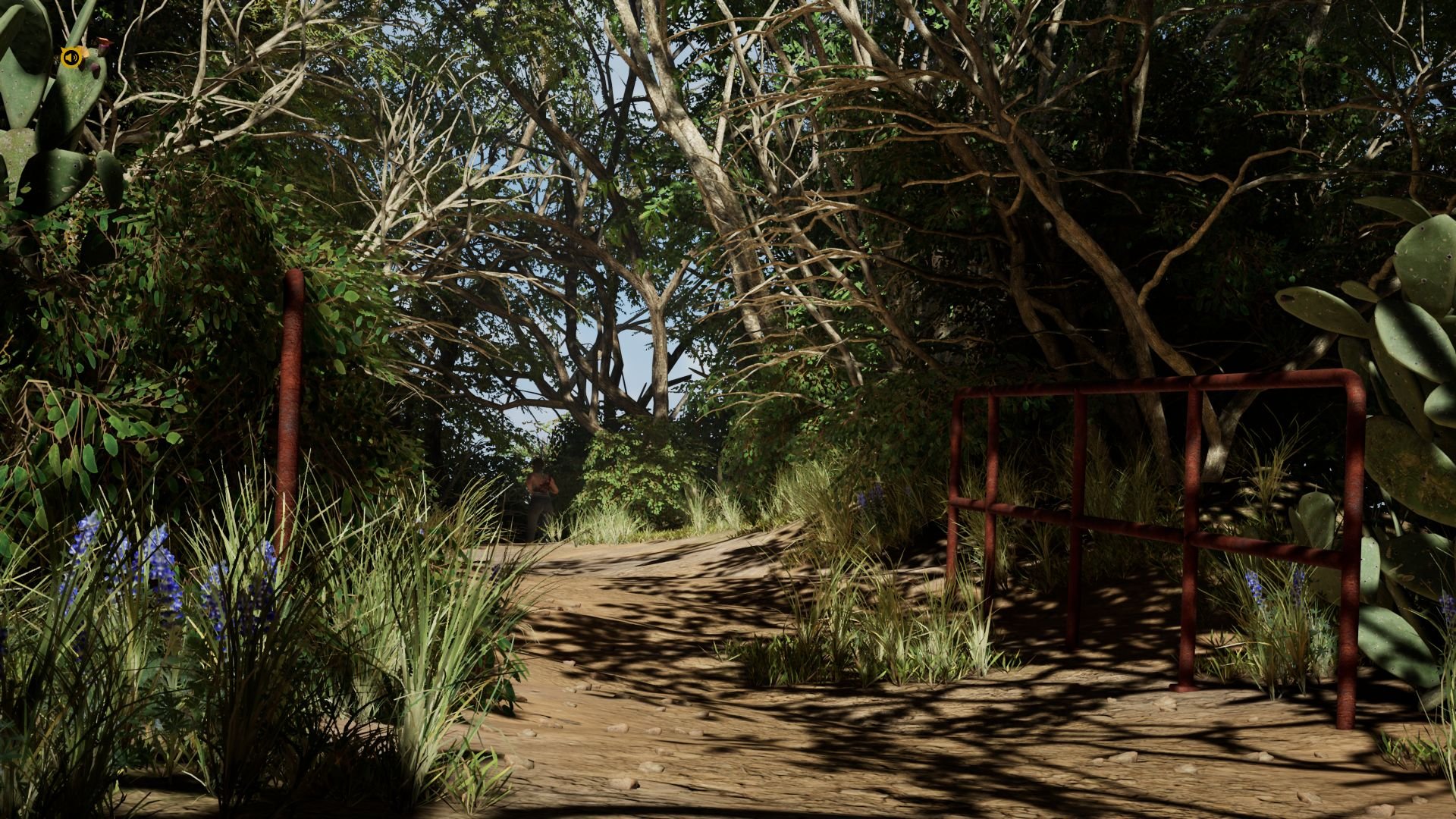
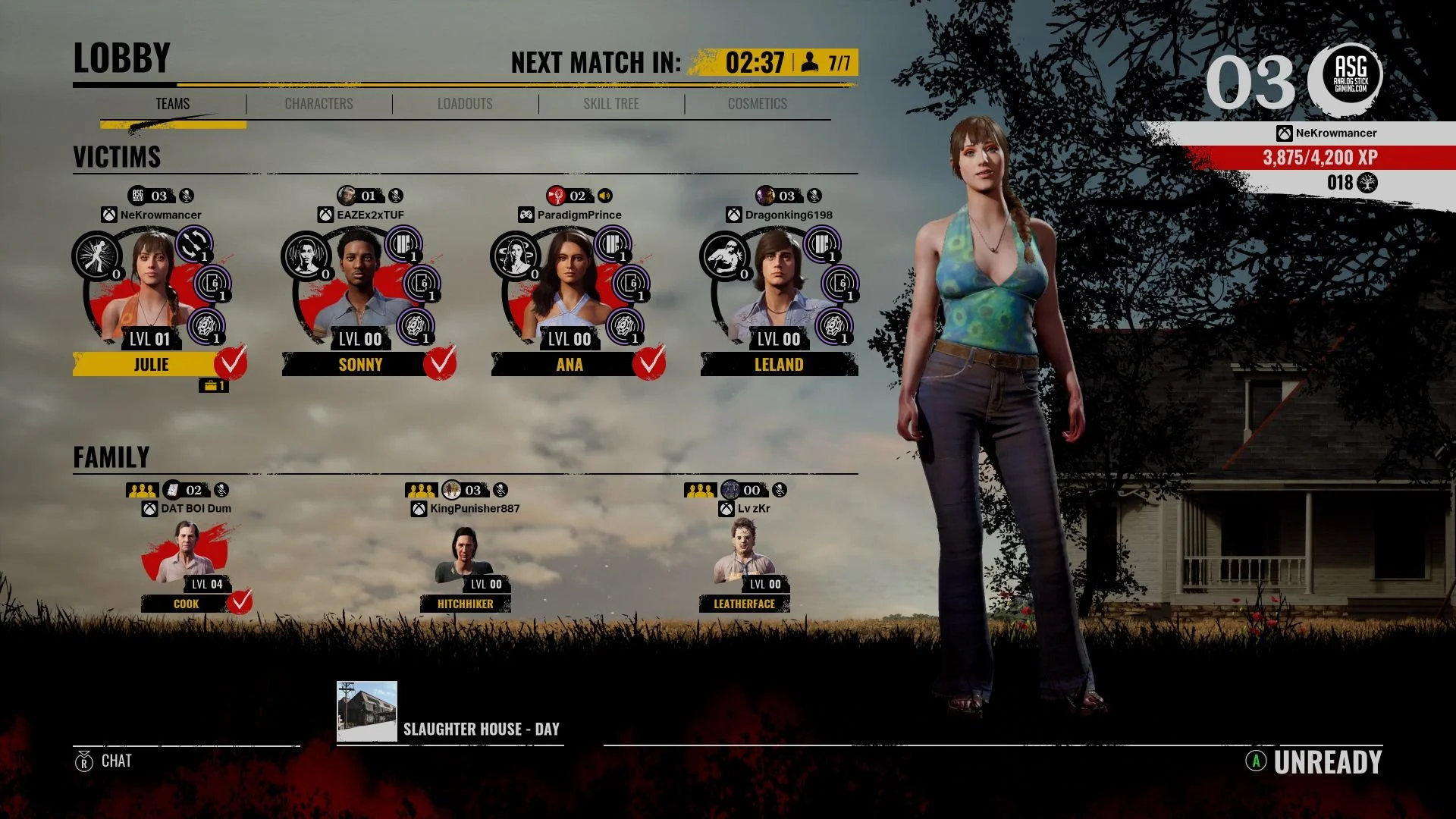
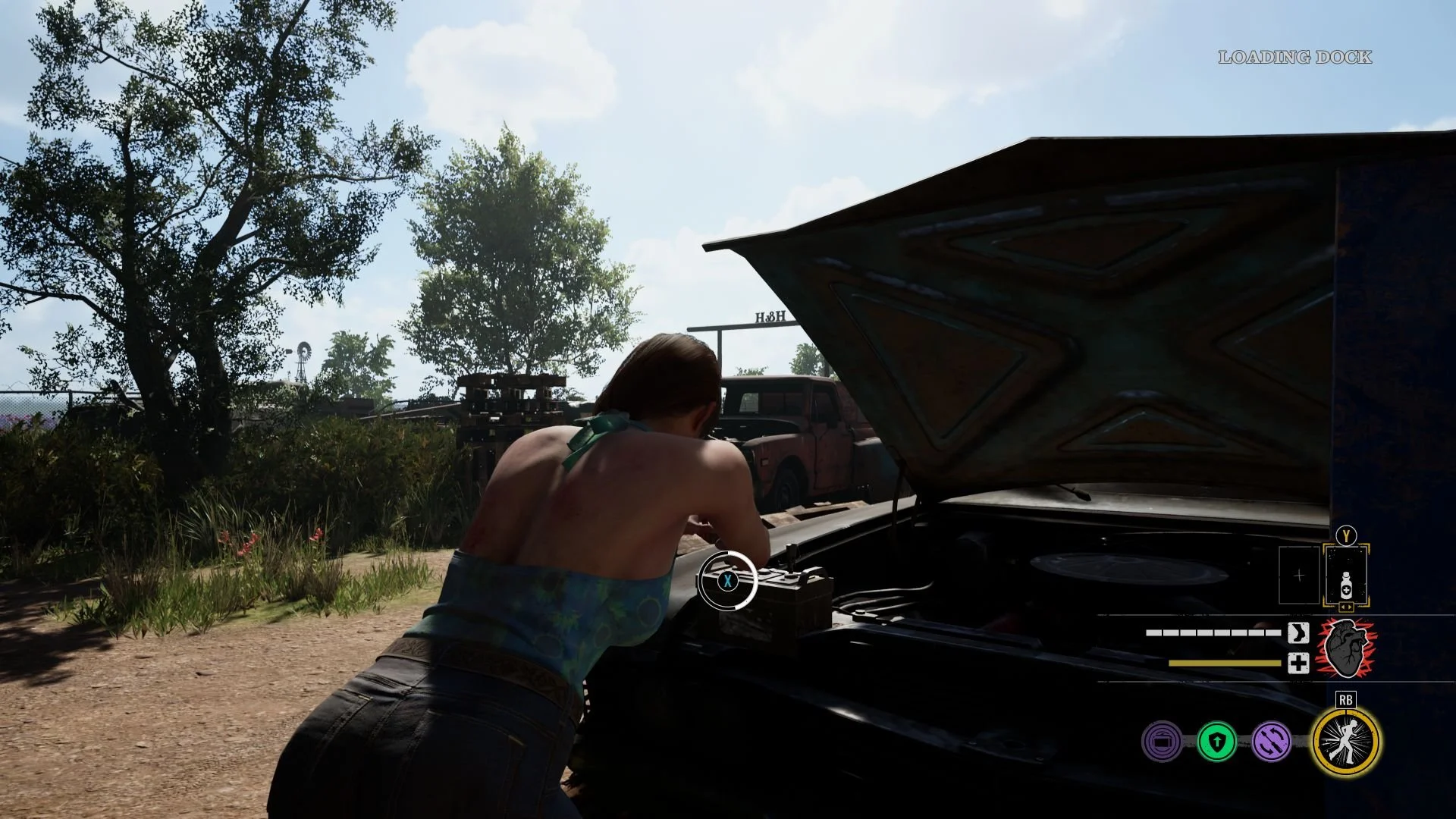








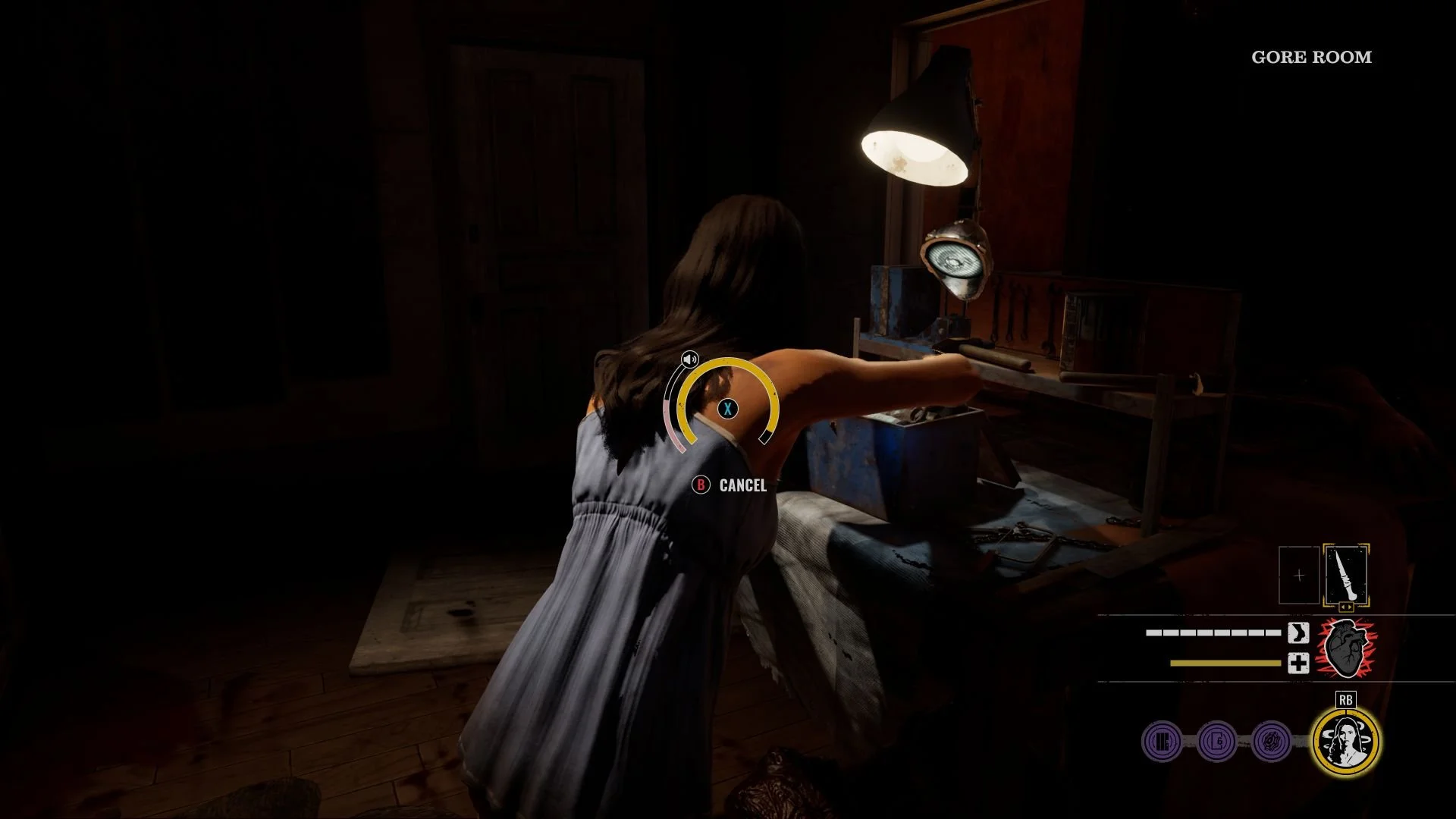

Jeff is the original founder of Analog Stick Gaming. His favorite games include The Witcher III, the Mass Effect Trilogy, Hi-Fi Rush, Stellar Blade, Hellbade: Senua’s Sacrifice, and the Legend of Heroes series, especially Trails of Cold Steel III & IV.